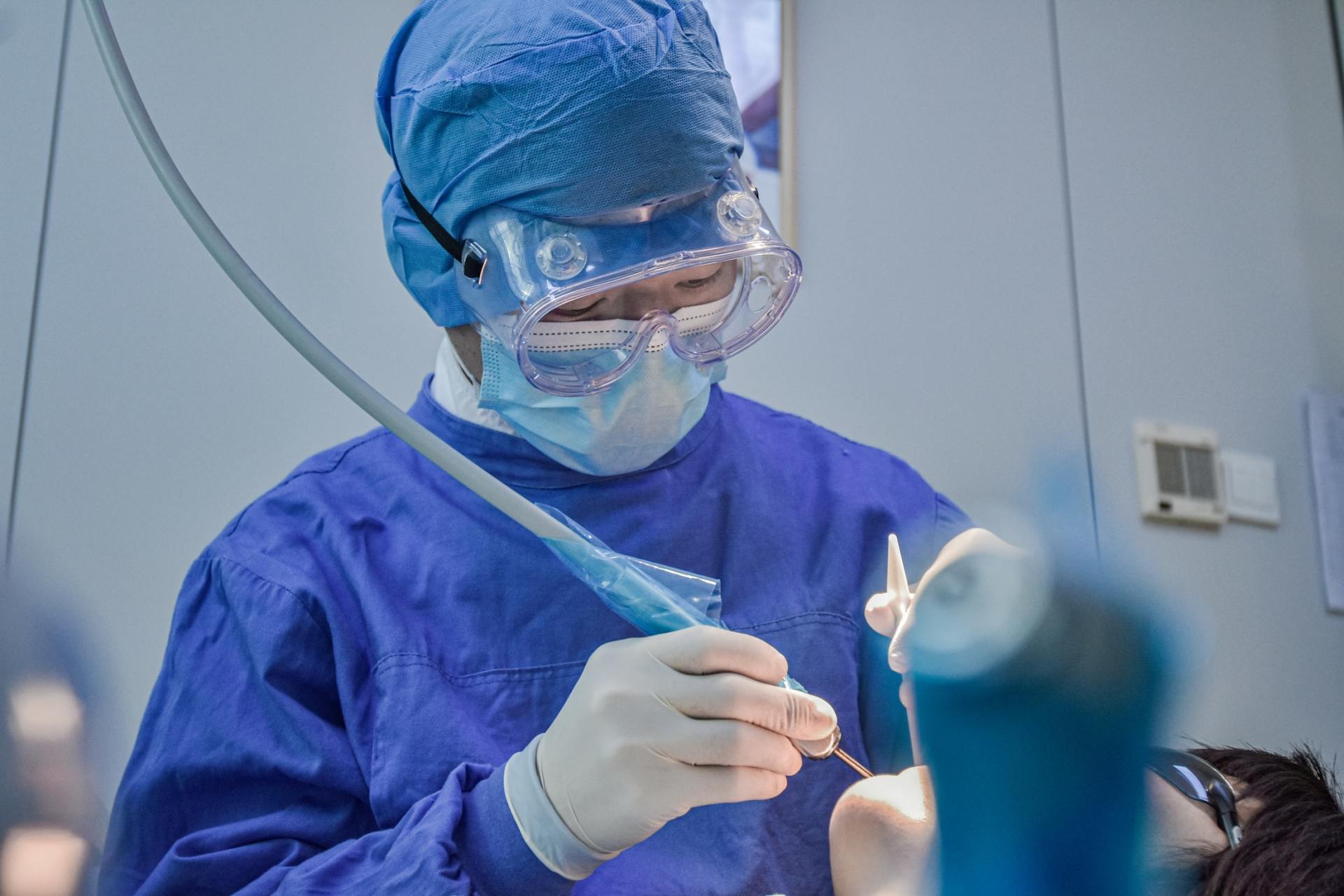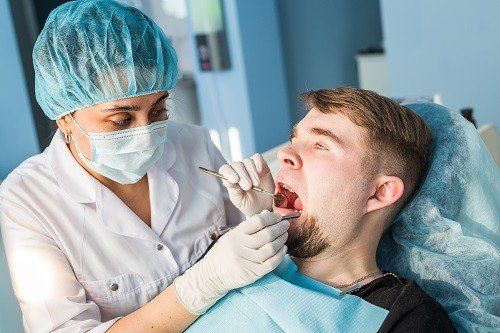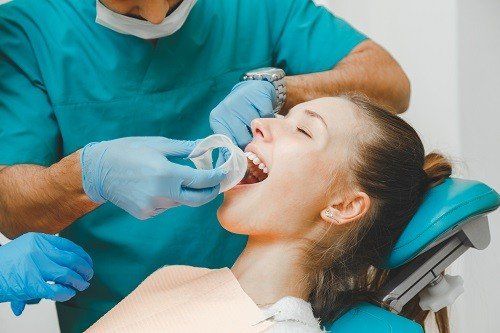What to Know About Children and Dental X-Rays
X-rays are incredibly valuable as diagnostic tools, and there are occasions when dentists need children to take them in order to diagnose any damage or a disease in their teeth. Because they expose children to radiation, some parents may feel reluctant about consenting to X-rays until they feel more knowledgeable about the procedure. To get an idea of why x-rays are performed, here are a few key details parents should know about dental X-rays for children.
When are X-Rays Required?
The American Dental Association (ADA) revealed new guidelines for X-rays as of 2012, and dentists utilize their professional judgment as well as these guidelines to determine when children require X-rays. Before they recommend X-rays, dentists will review the child's medical history before completing a clinical exam.
There are many areas within a child's mouth dentists cannot see during an exam, such as inside the teeth or under the gums, that they must see in order to thoroughly inspect and treat their patients. Some of the clinical scenarios that would make dental X-rays necessary include the following:
·Checking for familial dental anomalies
·Finding cavities on or between the teeth
·Checking past endodontic treatments
·Determining cause of swelling in the mouth
·Evaluating post-trauma injuries to teeth
·Evaluating alveolar bone’s health
·Determining the number of teeth
·Determining impact of possibly unerupted teeth
·Determining if any unerupted teeth aren’t there
·Checking if teeth have periodontal disease or bone loss
·Visualizing impacted or malposed teeth
Variety of X-Rays
While it depends on what the dentist needs to know, there are several kinds of X-rays available to choose from, some of which include the following:
· Bitewing : These X-rays are used to look at crowns in the lower and upper teeth in a certain area in the mouth, such as the premolars and molars. Bitewings can find cavities between teeth that are difficult to see and can monitor past fillings for wear and tear.
· Periapical : This X-ray zooms in on one or more teeth, displaying the entire tooth from crown to root. Periapical X-rays are used for finding cavities and issues in the tooth's root and the surrounding jaw bone.
· Panoramic : This type of X-ray shows the child's entire mouth with just one X-ray, leaving teeth in the lower and upper jaws visible. These X-rays can monitor children's teeth development as well as determine if braces are necessary. They’re also for checking impacted teeth, emerging teeth, or tumors.
· Orthodontic : This X-ray shows an entire side of a child's head. With the teeth visible within the same image as the head and jaw, these X-rays can help plan orthodontic treatments.
· Occlusal : These X-rays can show entire arches of teeth in the bottom or top jaw. Occlusal X-rays are used for seeing all of the teeth’s placement in a child's mouth and seeing how the teeth fit together whenever the child bites.
Safety Measures
Since an X-ray would expose your child to radiation, it’s understandable to be worried about the potential risks. However, the American Academy of Pediatric Dentistry has reassured parents that the radiation received during dental X-rays is a very small amount. Modern X-ray equipment allows dentists to focus the X-ray’s beam on the targeted area in order to reduce exposure to radiation. Protective equipment, such as lead body shields and aprons, also keep children safe during the procedure.
If you are tired of paying high prices for dental care for your family, consider the Wellness Dental Plan. Our family discount dental plan can save you as much as 20 percent off your dental bills. For more information, click here.
Copyright: dolgachov
/ 123RF Stock Photo











